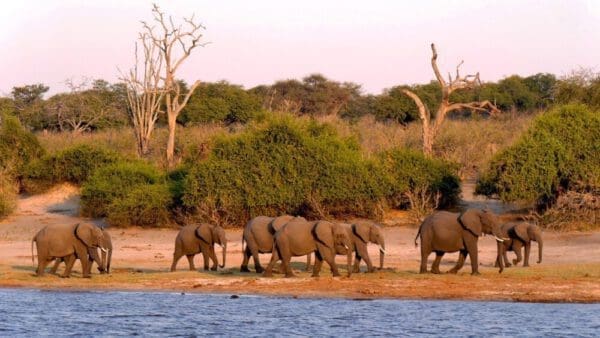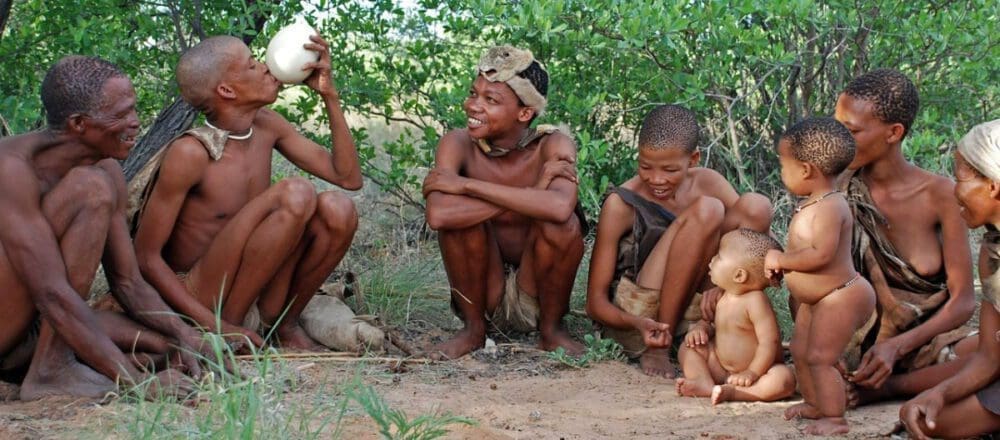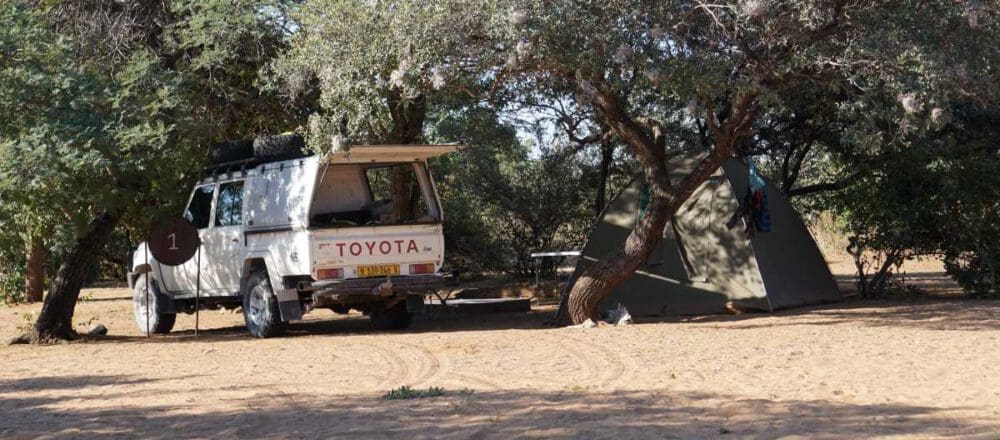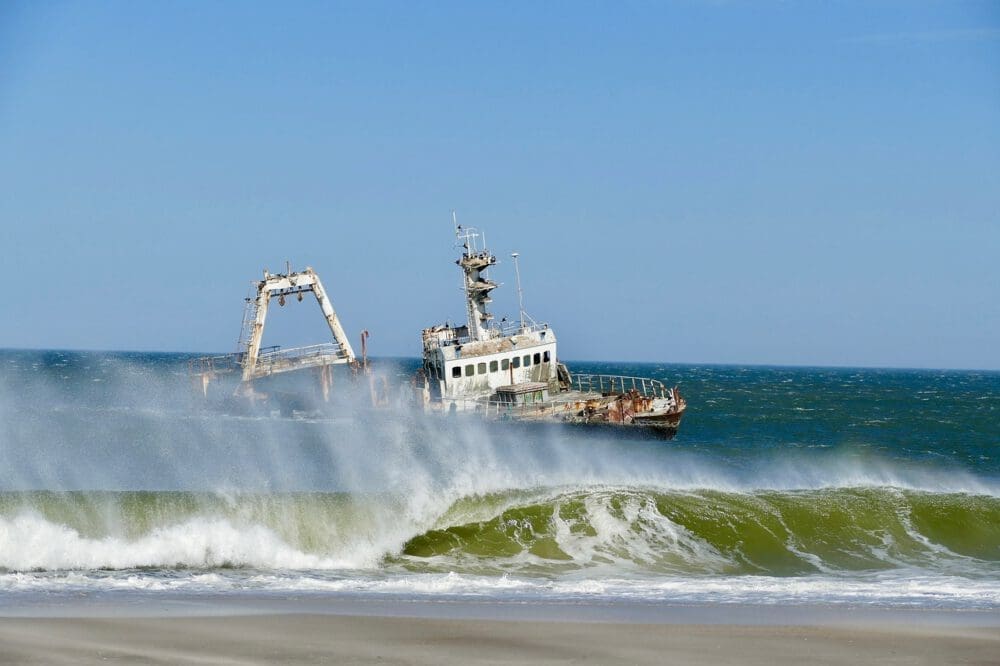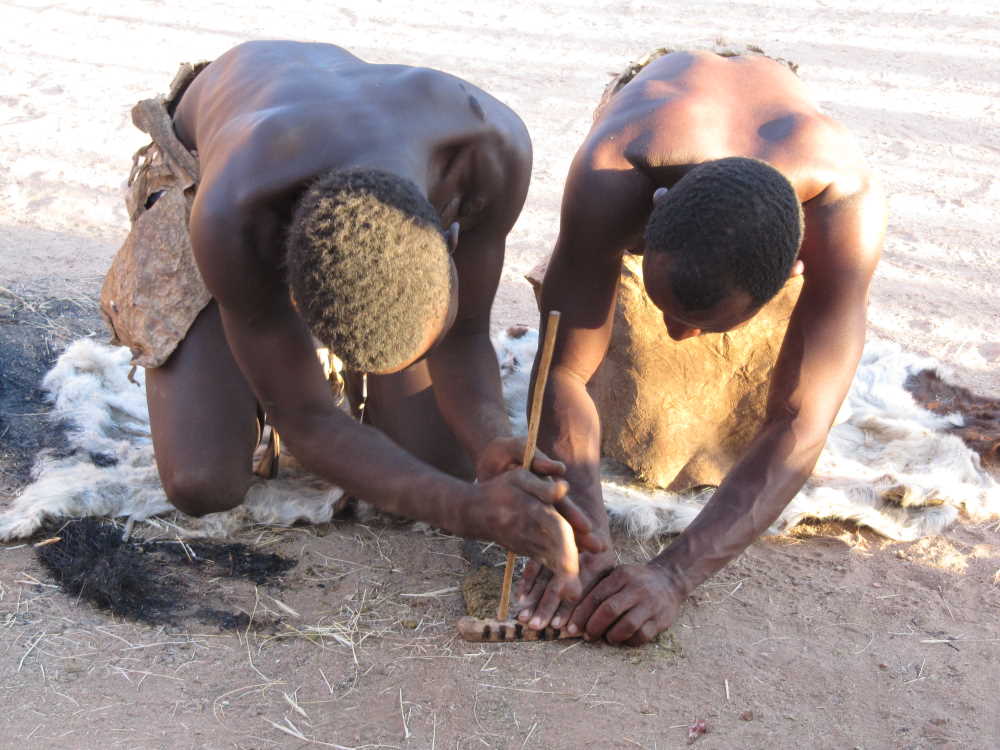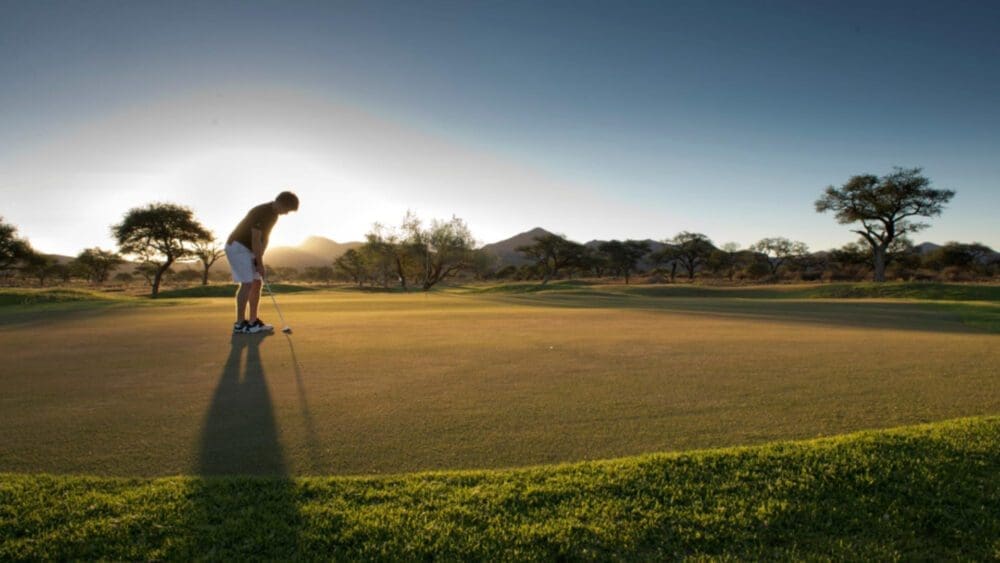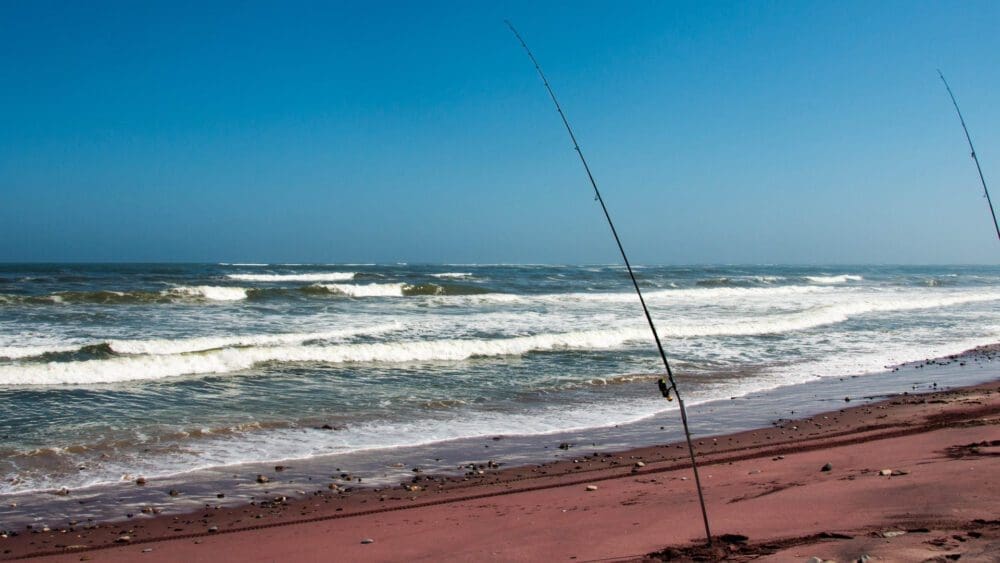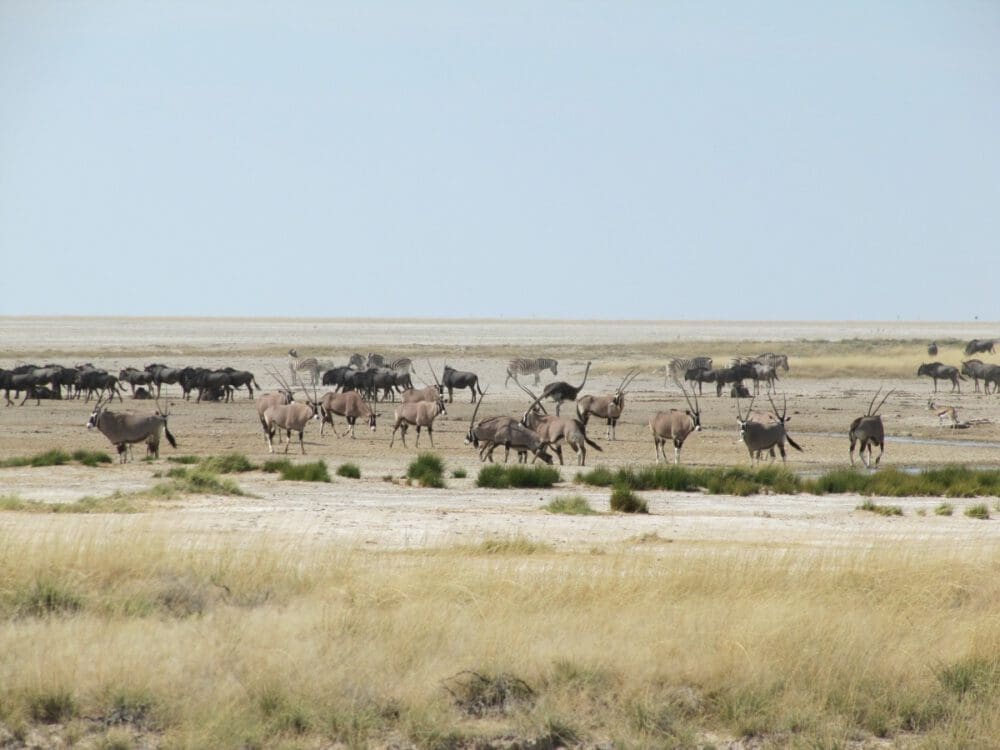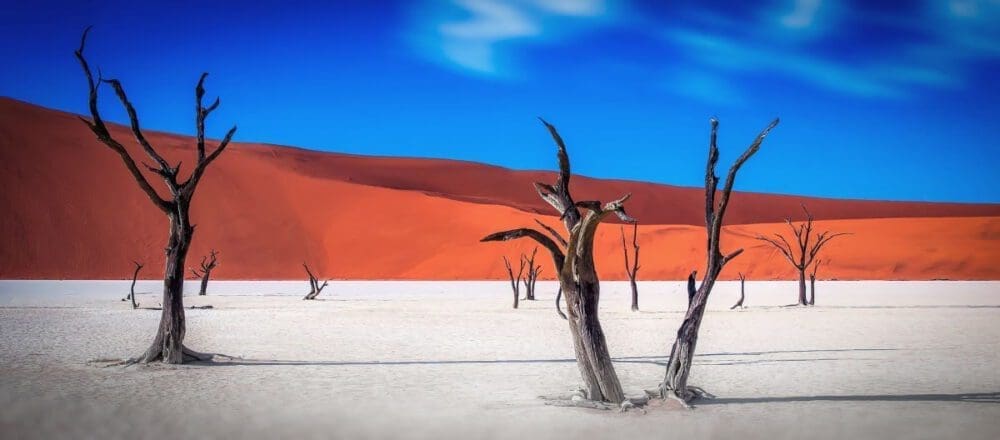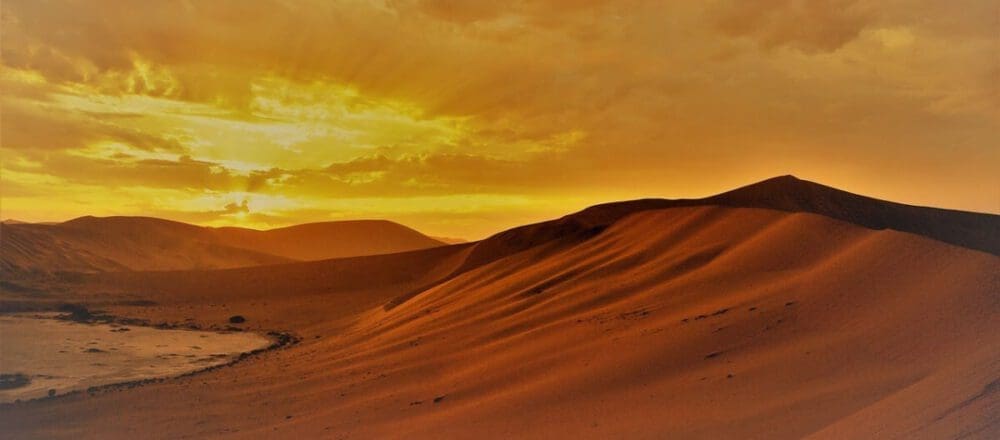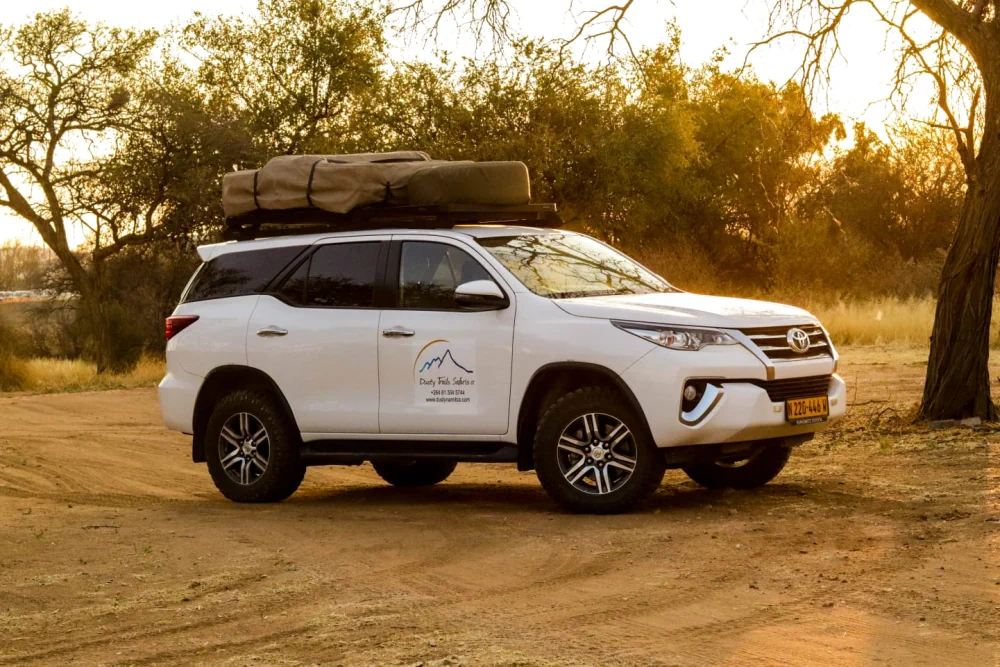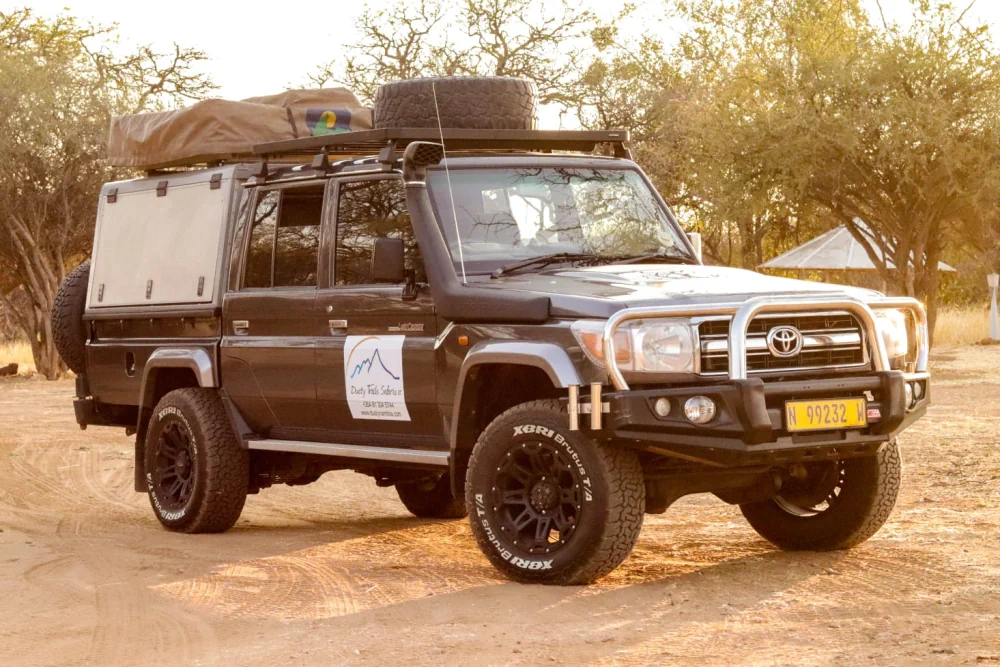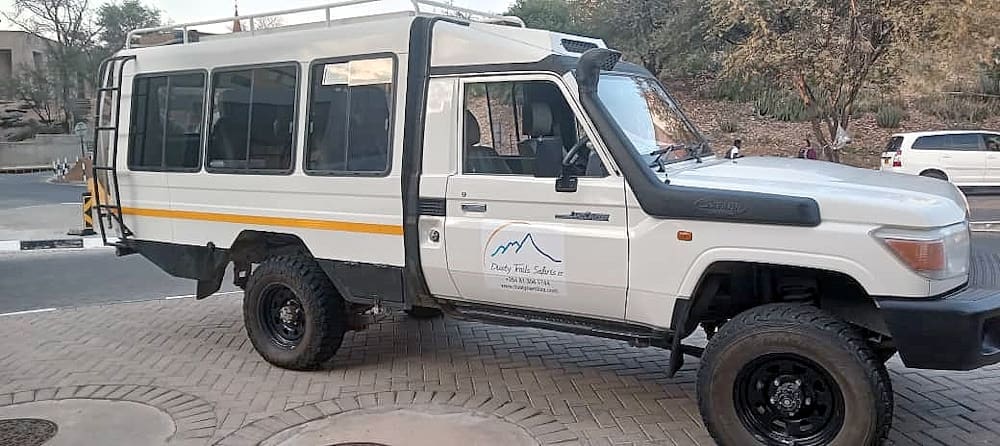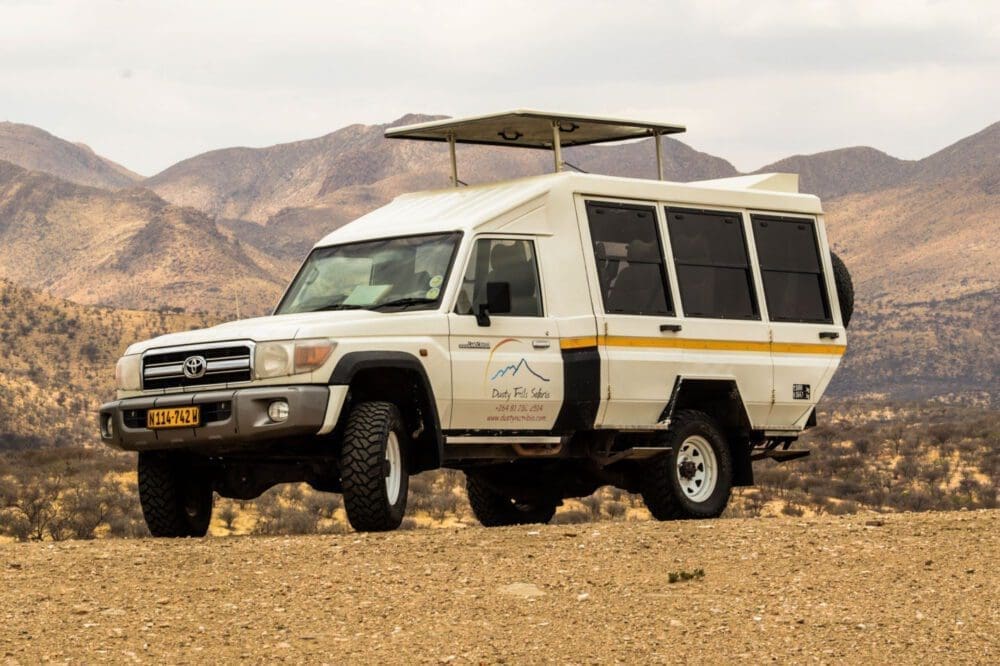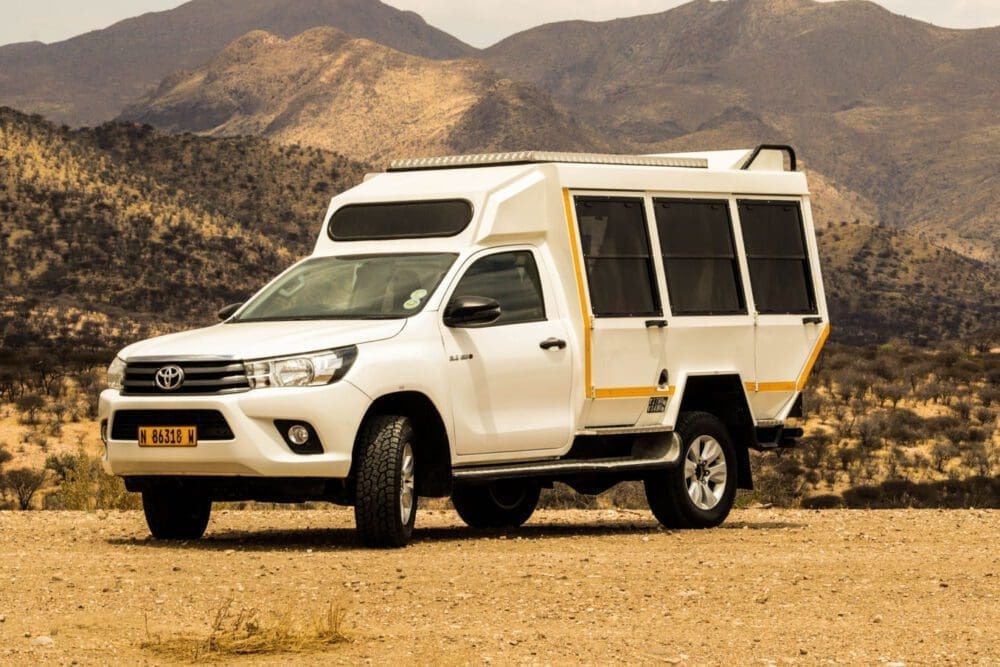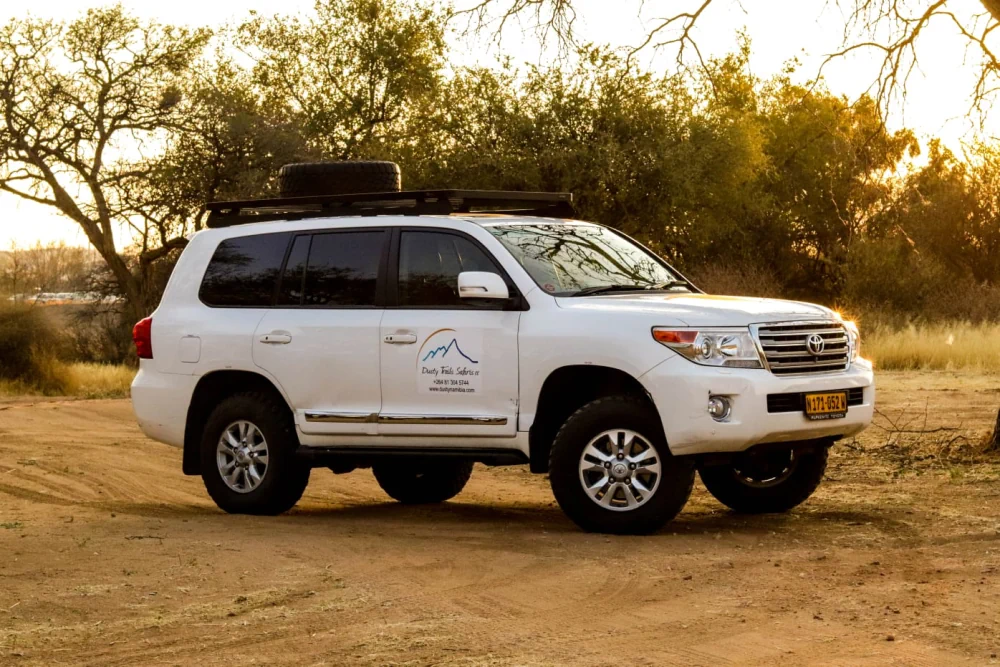Lets take a look on one of Namibias oldest cultures
How does an indigenous Namibian earn his living today? With a life as a hunter-gatherer like their ancestors? Or as cattle breeders? Perhaps something modern, adapted to the present day?
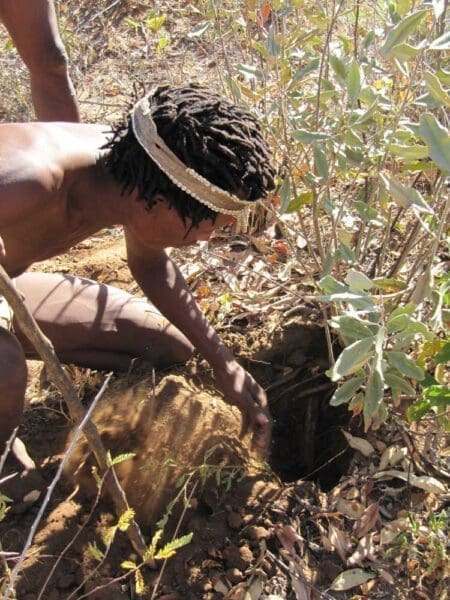
The Jul’hoansi a subgroup of the San people
We want to take you on the inspirational journey of the Nyae-Nyae inhabitants - the Jul’hoansi. As a subgroup of the San, the Juǀʼhoansi are one of the oldest cultures in the world. With all their traditions, but also innovations such as cell phones and the like. The experience of many decades, if not centuries, has taught them that nothing is made to last forever.
Nyae-Nyae - Unique in Africa and rare on the planet
Nyae-Nyae is a nature reserve located in Bushmanland, an area in the northeastern part of Namibia. This beautiful, wild region is home to wild animals as well as the well-known giant baobab trees. So if you go to the pristine campsite here, you may be lucky enough to see wild animals of all shapes and sizes!
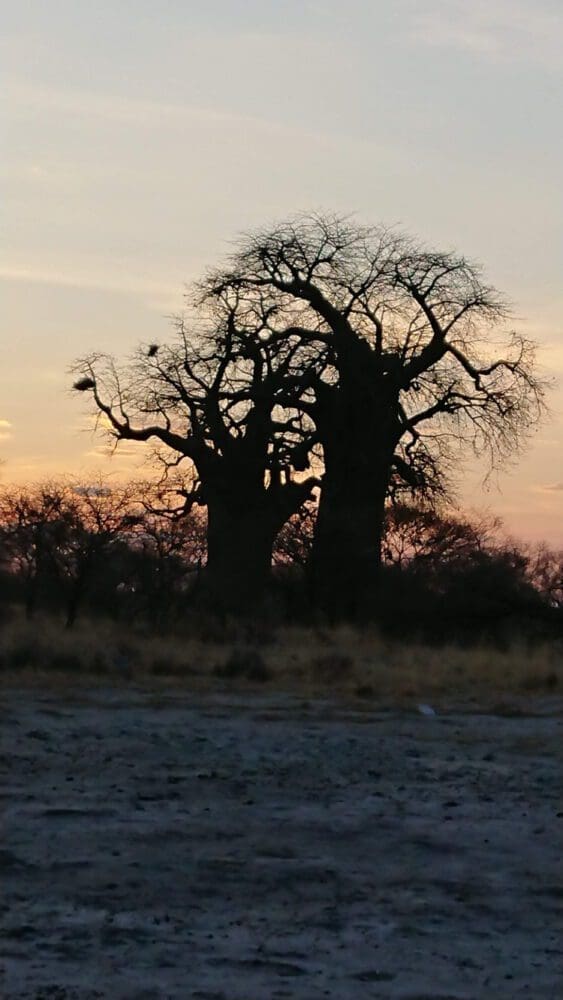
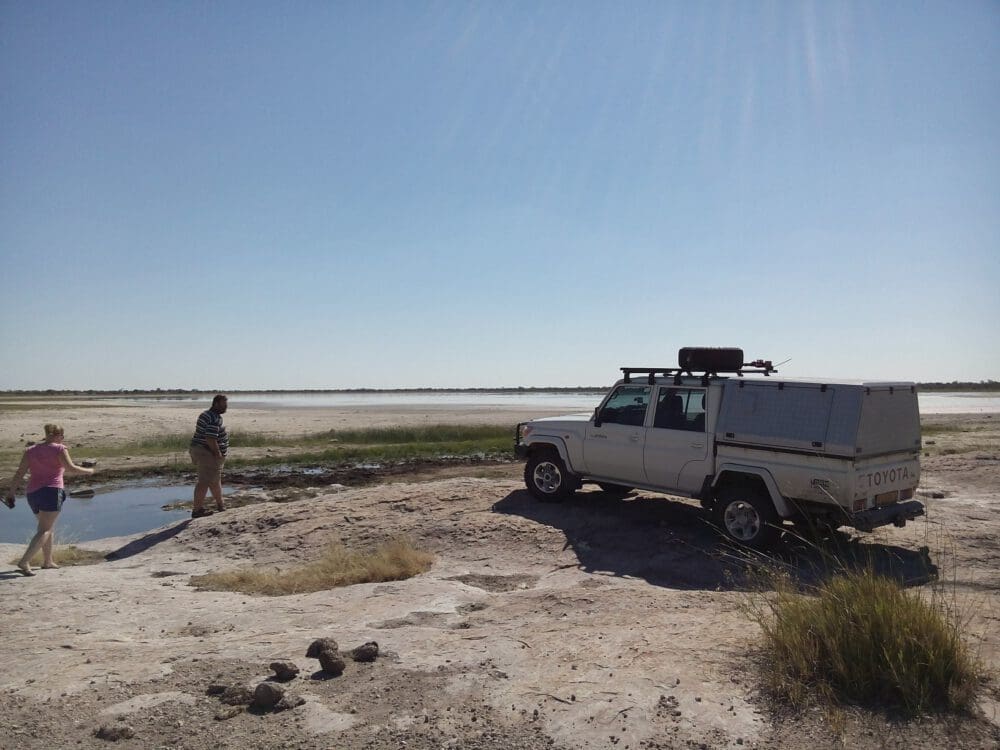

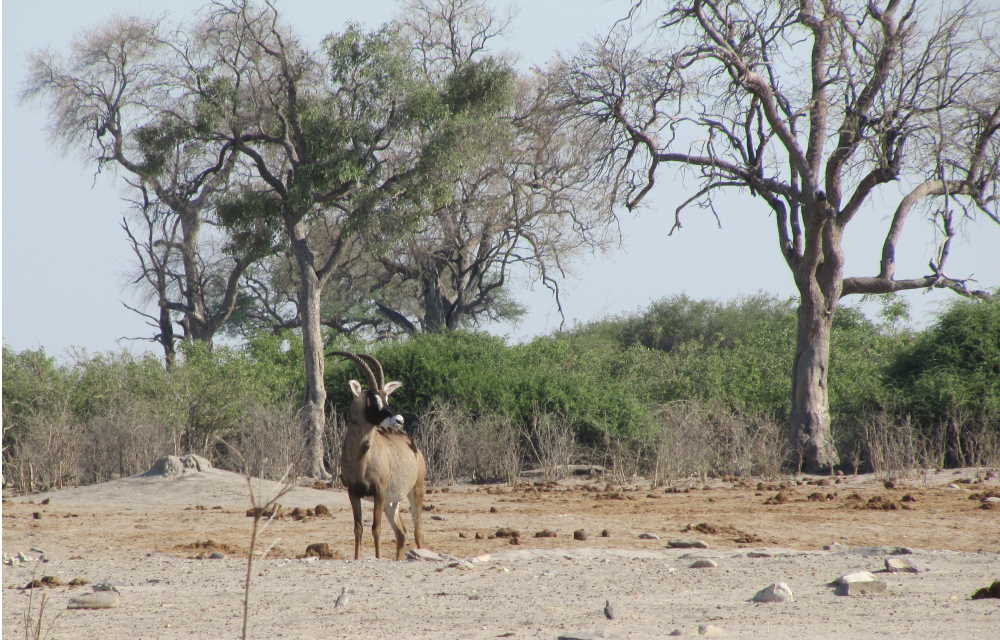
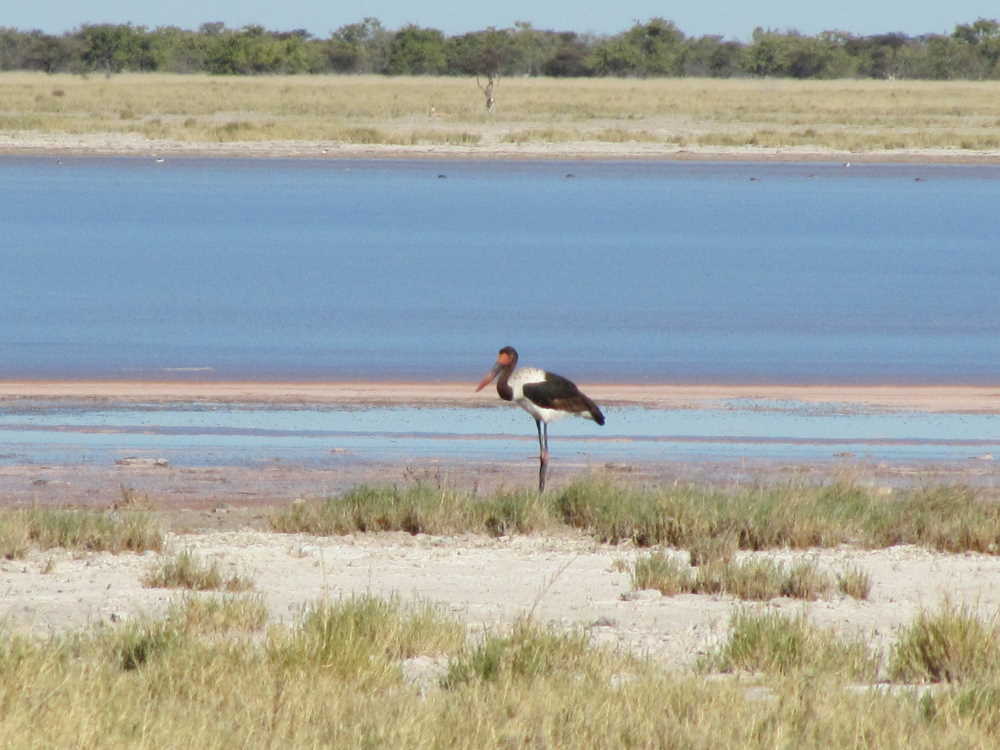
And it is the home of the Jul'hoansi. Although they have been driven further and further into the barren Kalahari semi-desert over the course of history, many of them are still trying to preserve their old traditions, like living in their little huts. More than 80 percent of them have lost their tribal land and its resources. And with it their livelihood. Unfortunately, poverty, unemployment and alcoholism are widespread.
In 1998, the Namibian government designated an area the size of Cyprus as the country's first "conservancy". The 2700 inhabitants, the majority of them Juǀʼhoansi, still have no legal claim to their ancestral land. However, the right to the natural resources lies solely in the hands of the indigenous communities. They are allowed to hunt wild animals such as antelopes in the traditional way, collect plants and wild honey and earn money from farming, safari hunting and ecotourism.
Nature living supported by government
Thus said, within the Nyae-Nyae conservancy the remaining Jul'hoansi have built a very simple and small campsite for tourists to come and enjoy the pure wildlife and nature at its best! Their small village Nhoma is just around the corner - so in case you need something during your stay, e.g. hot water for the simple shower or fire wood for your barbecue, you just call them and they will be with you immediately.
The Namibian Ministry of Environment annually pays out the income generated, especially from jobs within tourism and hunting concessions, to the inhabitants. In addition, there are meat and supplies such as solar radios and blankets. Aid organisations from all over the world have expanded the infrastructure. For years, Namibia in particular has received international praise and recognition for its "community-based natural resource management" program.
Tradition or modern living?
But are they living their tradition or a modern life? When other San communities come to visit, they are often amazed at the apparent privileges and prosperity of the inhabitants. Perhaps even envious. Appearances are deceptive, because despite all the opportunities on offer, the local Jul'hoansi fall far short of what all Namibians are constitutionally entitled to. The communities would like to combine the different life strategies of the traditions and the new world.
Freddy Nǂamce has been working as a tour guide for visitors to the campsite next to his home village of Nhoma for several years. He leads guided tours through the dense bush almost every day and shows how the Juǀʼhoansi have lived for thousands of years.
He explains how to read tracks and kill wild animals with poisoned arrows, bows or spears. Where to find wild honey, which plants have healing powers and which are poisonous. The aim is to introduce guests to the culture, dignity and traditions. For Freddy, the work is more than just earning a living. Nǂamce fights to ensure that the ancient knowledge of the Juǀʼhoansi is preserved. "If we show our guests our traditions, our children will also learn how we survived," he says.
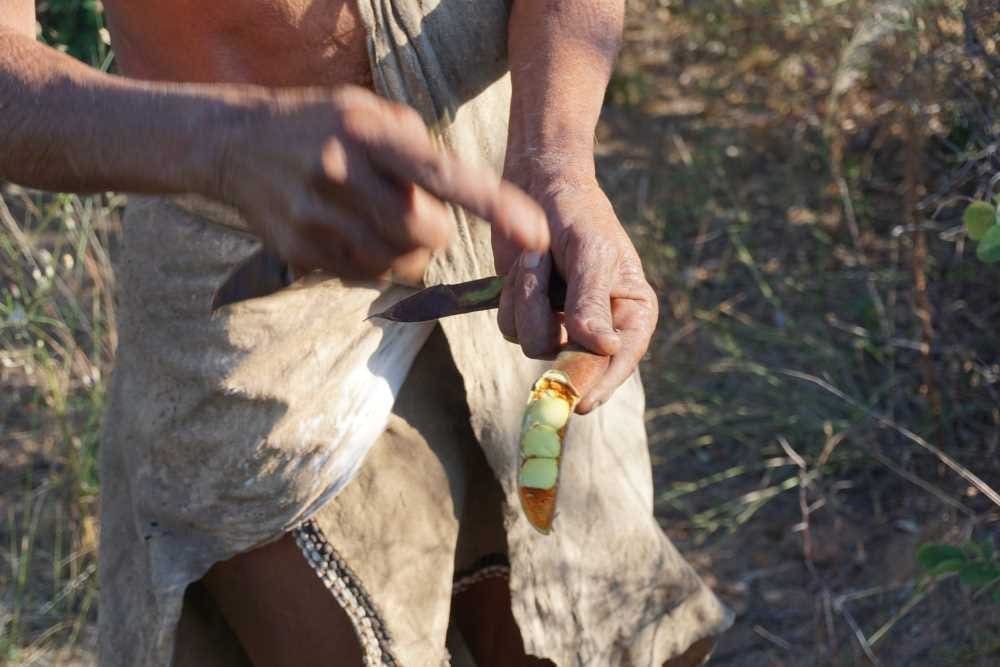

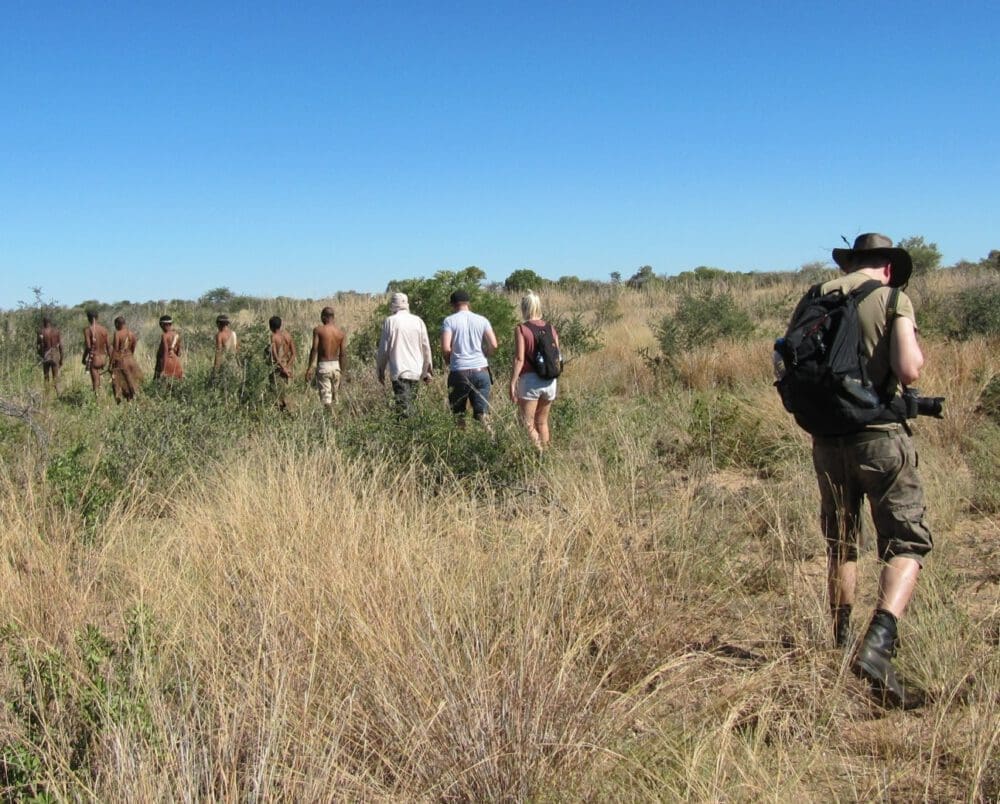

Hunters, gatherers or gardeners
Traditionally, the San lived as semi-nomads. This meant that they were constantly moving to new places in search of food and water. But everyday life has also changed in Nyae Nyae. Today, they are mostly tied to their protected areas. The yield from the wilderness and the garden is rarely enough. Especially as the elephants keep destroying the beds.
Then they have to get food from the nearest village, Tsumkwe. By car, this village - a petrol station, a few stores and stone cottages - is an hour and a half away from Nhoma. Assuming everything goes smoothly. It's an eight-hour drive to the capital Windhoek. But owning a car means luxury - and most Jul'hoansi, cannot afford it. They are therefore always happy when passing tourists give them a lift to the village of Tsumkwe or back.
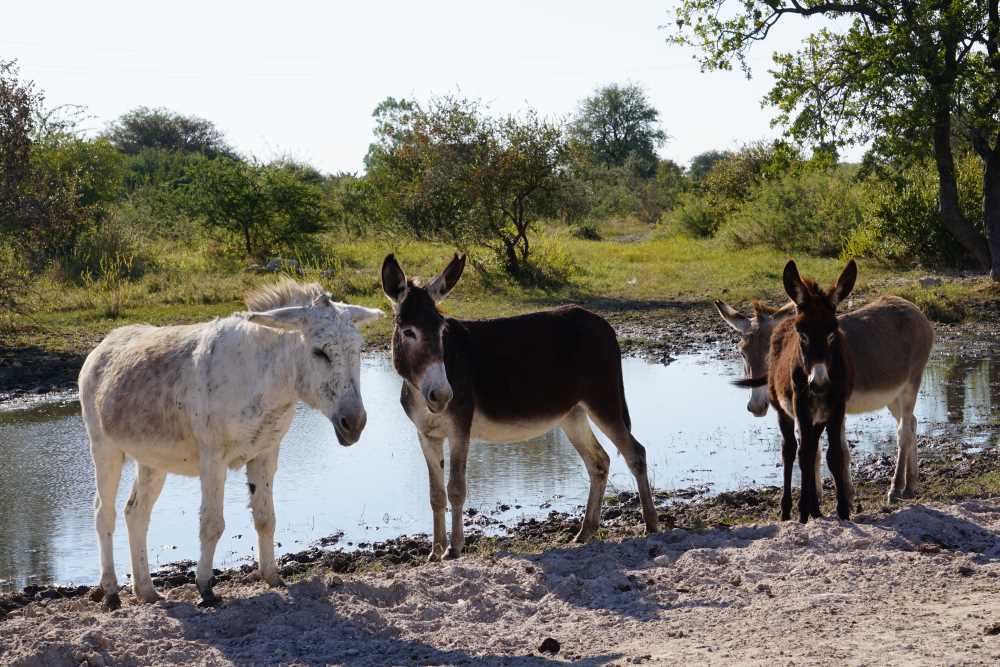

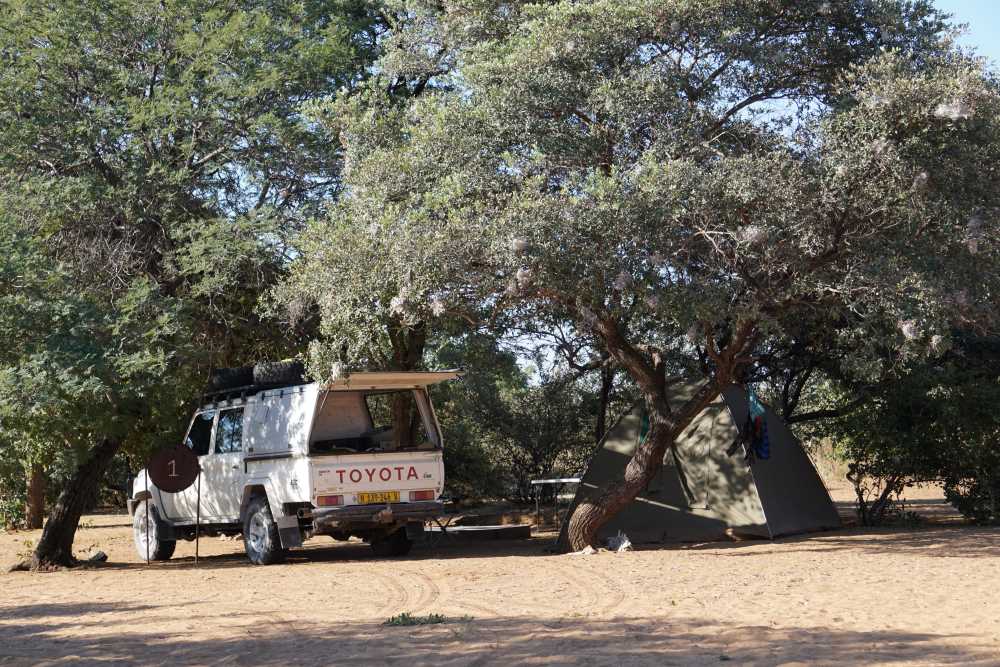
Only a few inhabitants of Nyae-Nyae still live from hunting and gathering alone. Most of them combine the traditional diet with new sources of income. Some keep cattle and horses. Others make jewellery in the traditional way, which sells well to tourists. Still others work for local aid or religious organisations. They all have one thing in common: they are dependent on income from the New World, on jobs and prospects.
The children go to school in Tsumkwe - in the hope that this will improve their prospects as much as possible. Every Monday, they walk for miles to the next junction and hope that a car will drive past and give them a lift. If not, they have to walk the whole way. During the week, they sleep in the dormitory and return to their home village at the weekend.
Brave future whishes
So if you ask the Jul'hoansi what they want for the future, you often get these answers: they hope that they can protect their cultural heritage and pass it on to their children. Their wish list also includes: computers, cell phones, cars, modern clothing, taps, access to medication for diseases such as tuberculosis, malaria and AIDS. Nǂamce is also looking for the happy medium between tradition and a future with education, work, money and healthcare for himself and his children. Can he succeed? "I think that nowadays it's a bit like technology has replaced our knowledge," he says. "When the elderly die, part of our culture dies with them. That's why we have to keep telling the young how important it is that they strengthen our traditions."
More readings to Namibian culture
Things to know about Namibia
Namibia! Your twice-in-a- lifetime escape – Because, once is not enough.
San People - Experience traditions and pure nature
Browse our Offerings
Trips to Namibia & Botswana
Browse our Rental Car fleet
Missed a Newsletter? - Check here
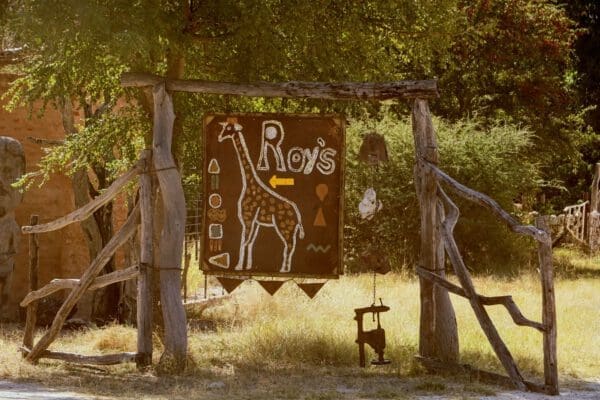
Hidden gems of Namibia Part 3 – Roy’s Rest Camp
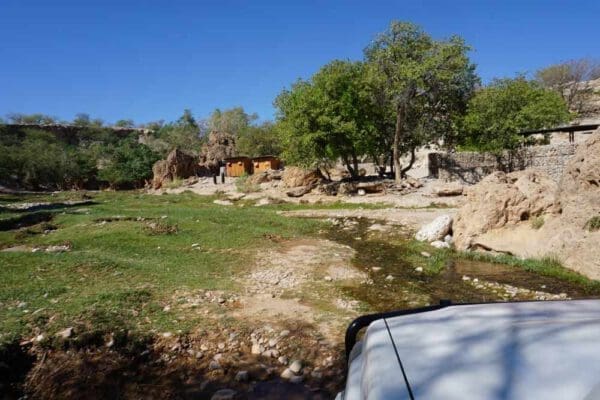
Hidden Gems of Namibia Part 2 – Magic and refreshment at Ongongo Waterfall

Hidden Gems of Namibia Part 1 – Glamping in Goanikontes Oasis
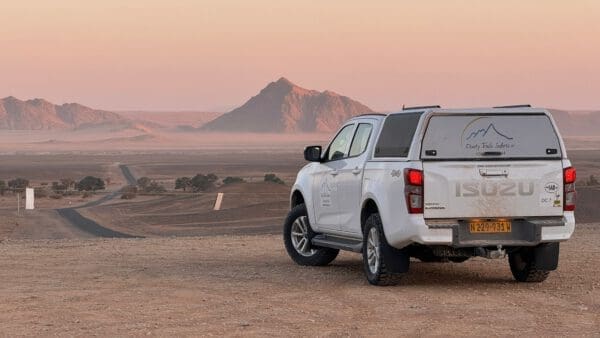
Personalized Trips you won't forget

The desert - cruel life or pure fascination
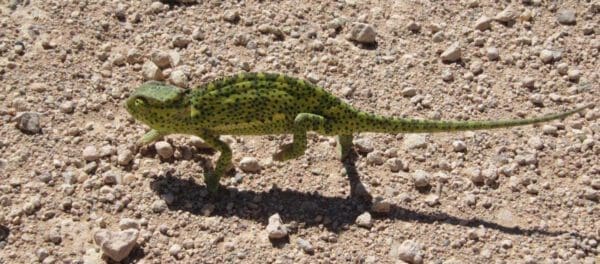
Things to know about Namibia

"When someone goes on a journey, they can tell a story" - how safe is Namibia?

Behind the scenes - The Dusty Family
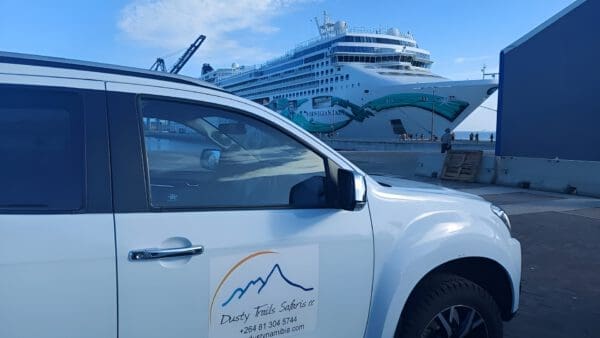
Cruise Shipping to Namibia!
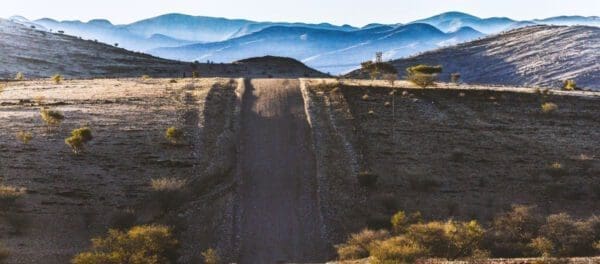
Travelling Namibia: Preparation is key

#FlamingoFandangoNamibia
